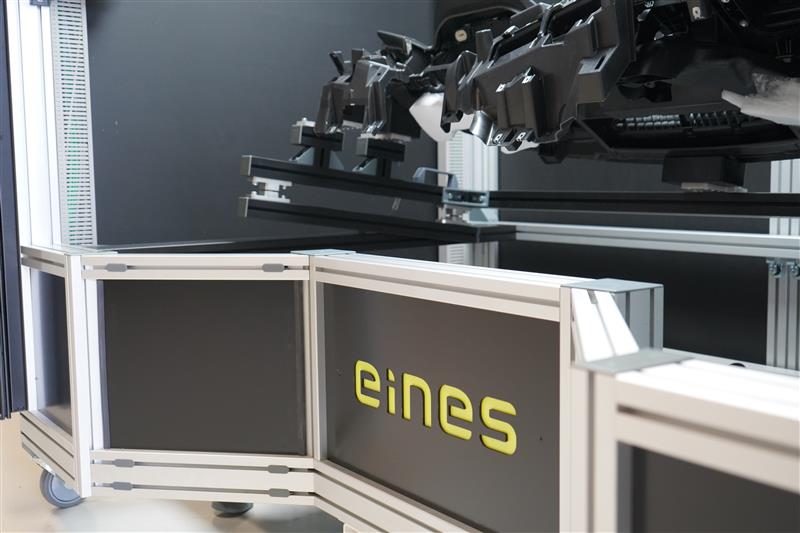Lateral thinking was introduced by Edward de Bono as a way of solving problems using innovative, creative and indirect techniques that are not directly obvious. This way of solving problems requires a deep knowledge of the environment, of the motivations several previous levels and the consequences of the problem several levels later.
When we approach the resolution of any problem through software development, we have the classical way applying strict mathematical models, structures or known and specific algorithms. But we can also approach the problems from a different perspective, open and free, a fuzzy logic that does not have to be conventional but that helps us reduce the computation, expand the results and solve the problem.
Lateral computing is the application of lateral thinking for efficient, innovative or unconventional problem solving in software development. The set of all development techniques applied in an unconventional or innovative way.
For this reason, a great knowledge of the environment and of the programming base, logic and mathematical approaches is essential, in short, we must have and feed our Core Software Development.
The application of lateral computing in today’s industry is basic, necessary and is constantly evolving to ensure a lower and lower computational cost increasing the efficiency and quality of the results.
Neural networks, genetic or probabilistic algorithms, supervised and / or unsupervised machine learning techniques, support vector machines or fuzzy logic are some of the techniques of lateral computing.
“Deep knowledge of environment and core software development is essential for a good approach to neural networks and machine learning for the next generation industry”
The development of software for the current and future industry needs lateral thinking and its application in computing to build and feed the new generations of artificial intelligence based on unconventional forms.






